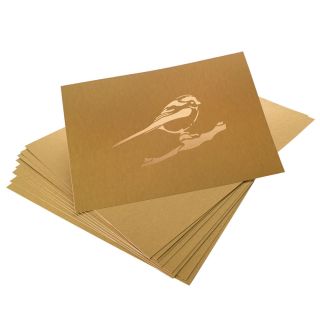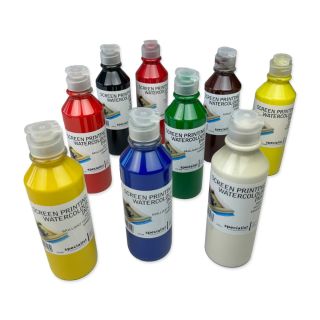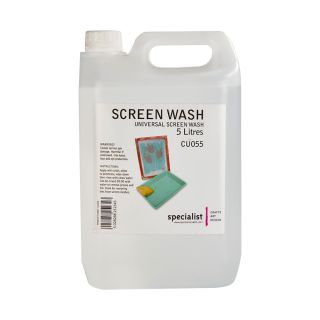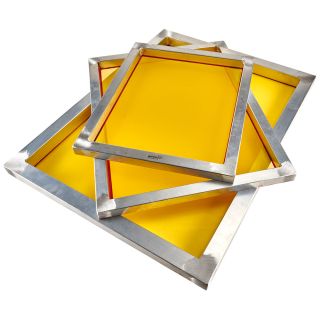
Sign up to our newsletter for exclusive offers!
Checkout using your account
Checkout as a new customer
Creating an account has many benefits:
- See order and shipping status
- Track order history
- Check out faster
From Design to Print: Bringing Screen Printing to Life in the Classroom

Why Screen Printing Matters
There’s something magical about that first pull of a squeegee, the hush before the reveal, when the image appears bold against the paper. Screen printing is one of those techniques that never fails to capture attention. It’s immediate, playful and deeply satisfying; it teaches students that art is as much about process as it is about outcome.
In a time when so much of young people’s creativity happens on screens, this is a chance to bring them back to the tactile joy of making, to let them mix, layer, experiment and make glorious mistakes along the way. The act of printing teaches patience, problem-solving and the value of repetition.
For teachers, it’s a brilliant gateway technique: accessible, adaptable and rich with opportunity for growth. Students see fast results, which builds confidence and yet the process offers endless scope for refinement; exactly the balance needed for developing resilient young artists.
Curriculum Connection
At Secondary (KS3–KS4)
Screen printing supports several National Curriculum for Art & Design requirements, including:
· Exploring techniques and processes (practical knowledge).
· Developing and refining ideas through experimentation.
· Understanding artists and designers who use print as visual communication (e.g. Chuck Sperry, Bridget Riley, Sister Corita Kent and Johnny Depp).
· Recording ideas and evaluating outcomes perfect for meeting GCSE Assessment Objectives AO1–AO4.


Image courtesy of Chuck Sperry / Artsper
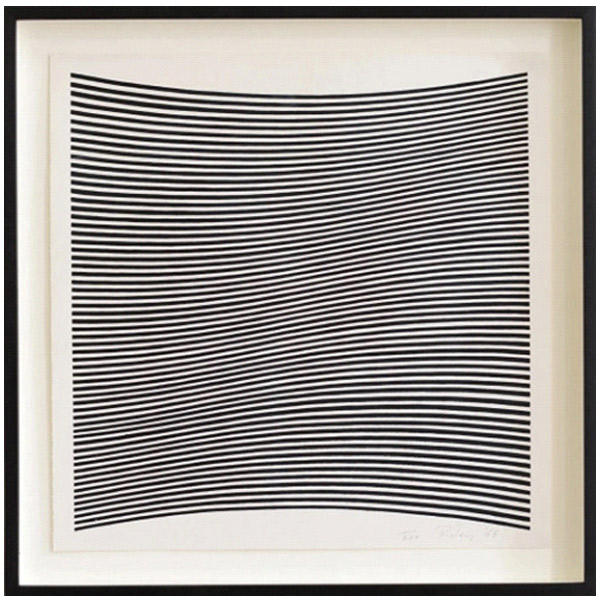

Image courtesy of Bridget Riley / Composition Gallery – La Lune (1965)


Image courtesy of Corita Kent / Corita Art Center — if i (1969, serigraph) (Archive ID 69-76)


Image courtesy of Johnny Depp / Pantheon Art Limited – Strength
At A-Level and Foundation Stage
Screen printing deepens conceptual understanding, linking to personal investigation, material exploration and portfolio development. Students can use it to:
· Combine analogue and digital imagery (Photoshop separations, acetate designs).
· Produce limited-edition prints as part of their final outcomes.
· Explore identity, culture and protest; themes central to contemporary art practice and critical studies.
How to Use It in the Classroom
Start small, you don’t need a print studio. A few reusable screens, some fabric or paper, and water-based inks are all you need. Screen printing works brilliantly as:
· A one-off technique workshop exploring layering, texture and colour theory.
· A GCSE portfolio project under themes like “Message,” “Identity,” or “Urban Culture.”
· A collaborative project across Art, Textiles, or Graphics departments, ideal for cross-curricular learning.
Encourage students to design stencils inspired by personal research; words, symbols, or patterns that reflect their theme. Layering colours and experimenting with transparency helps them understand design progression and compositional balance.
Essential Kit List
Quick Steps to Print
1. Prepare the stencil
Cut shapes from paper/vinyl/screen block film.
Keep designs bold for best first-time results.
2. Set up the screen
Place screen over paper/fabric on a firm board.
Tape corners or clip in place to stop movement.
3. Apply the ink
Add a line of water-based ink at the top of the mesh.
Use a squeegee at a 45° angle and pull ink down in one smooth pass.
Optional: repeat once for stronger coverage.
4. Lift and reveal
Raise the screen carefully from one edge.
Lay flat or hang to dry. (Hairdryer = quicker layering.)
5. Clean up
Rinse screen and squeegee in warm water straight away.
Dry upright/flat for safe storage.
Encourage reflection: How did the pressure, angle, or amount of ink affect the result? This analysis aligns beautifully with AO2 (Refining ideas) and AO3 (Recording observations).
Screen printing invites creativity, collaboration and problem-solving, qualities at the heart of every good art classroom. Whether it’s a quick process lesson or an in-depth portfolio project, it helps students connect making with meaning, building confidence in both their ideas and their craftsmanship.










